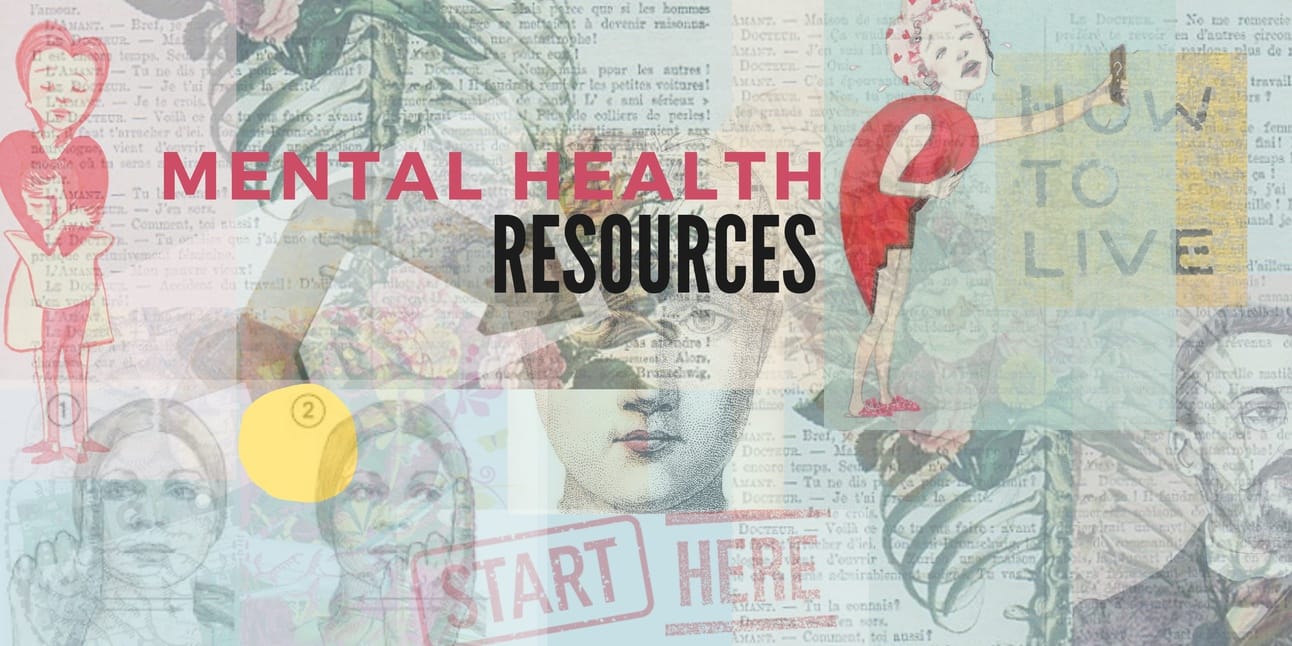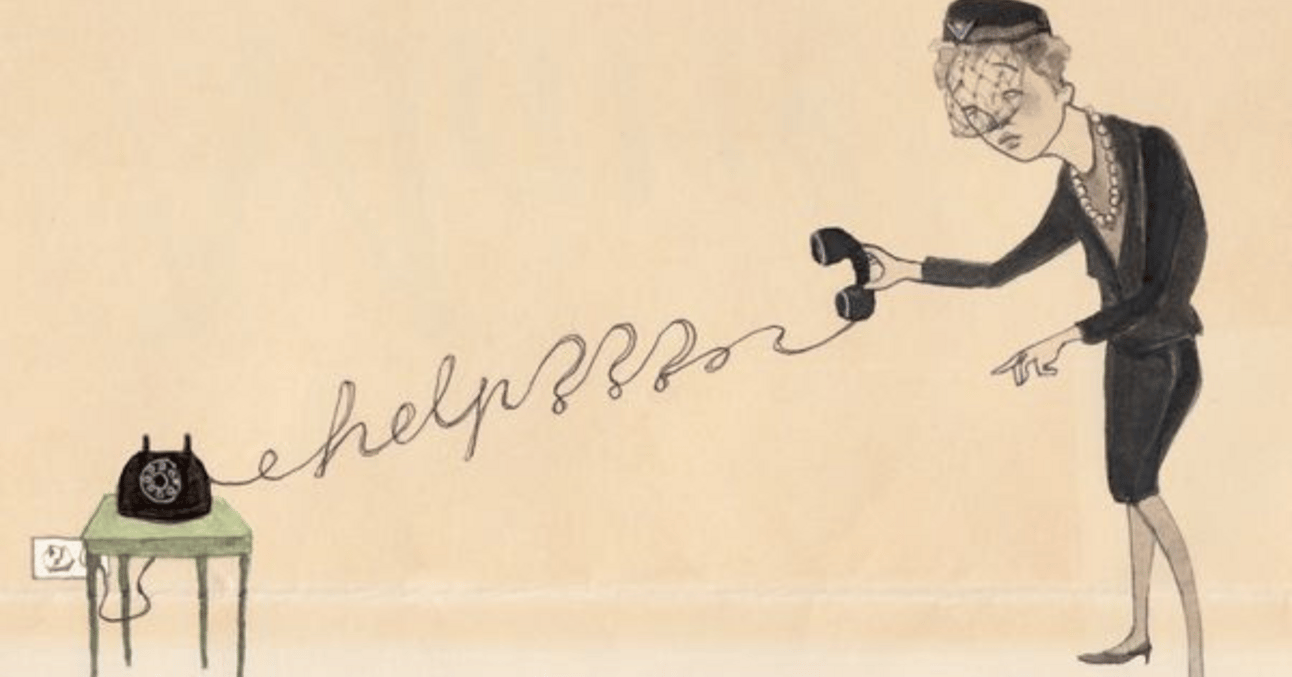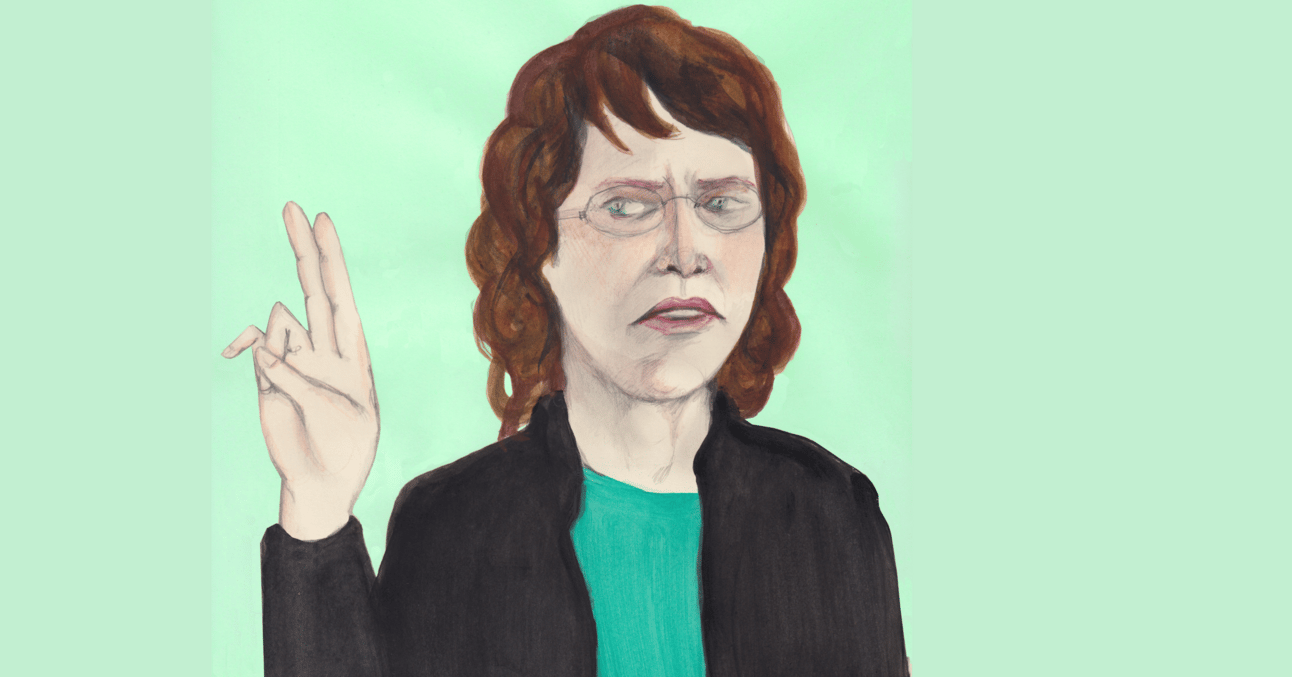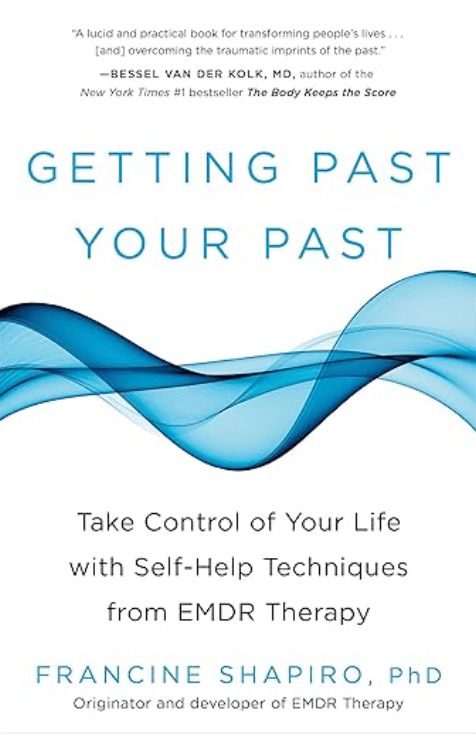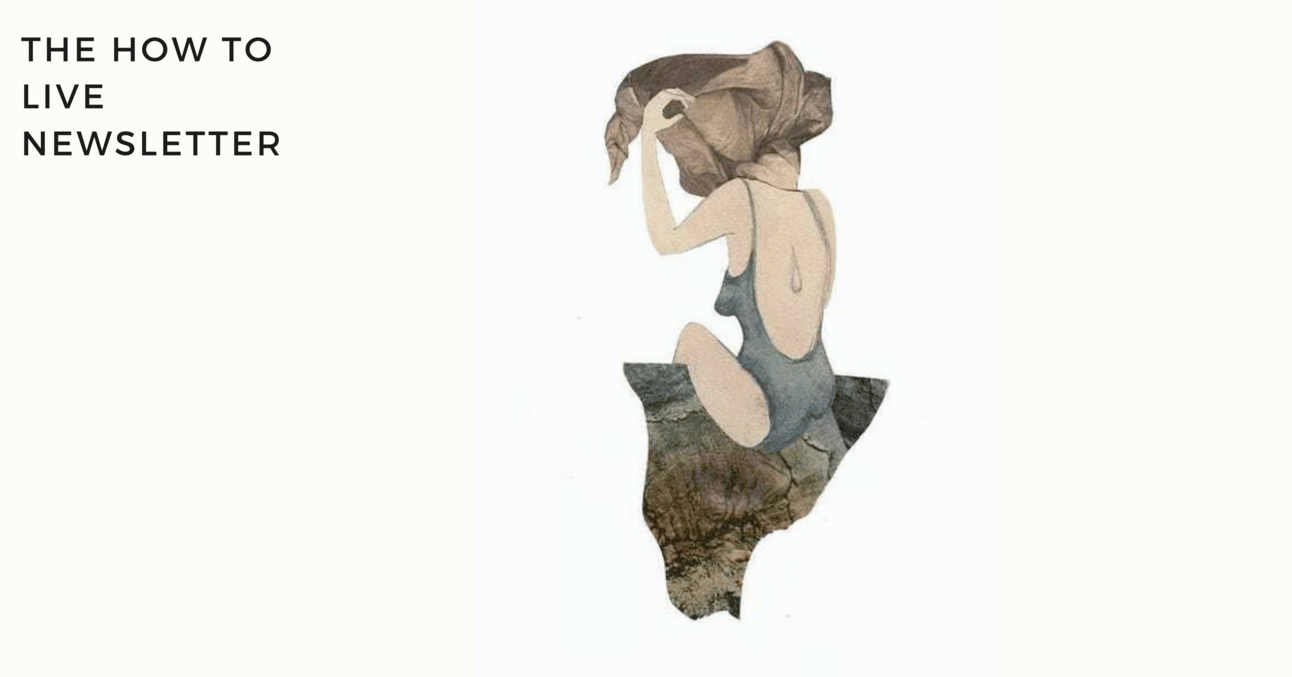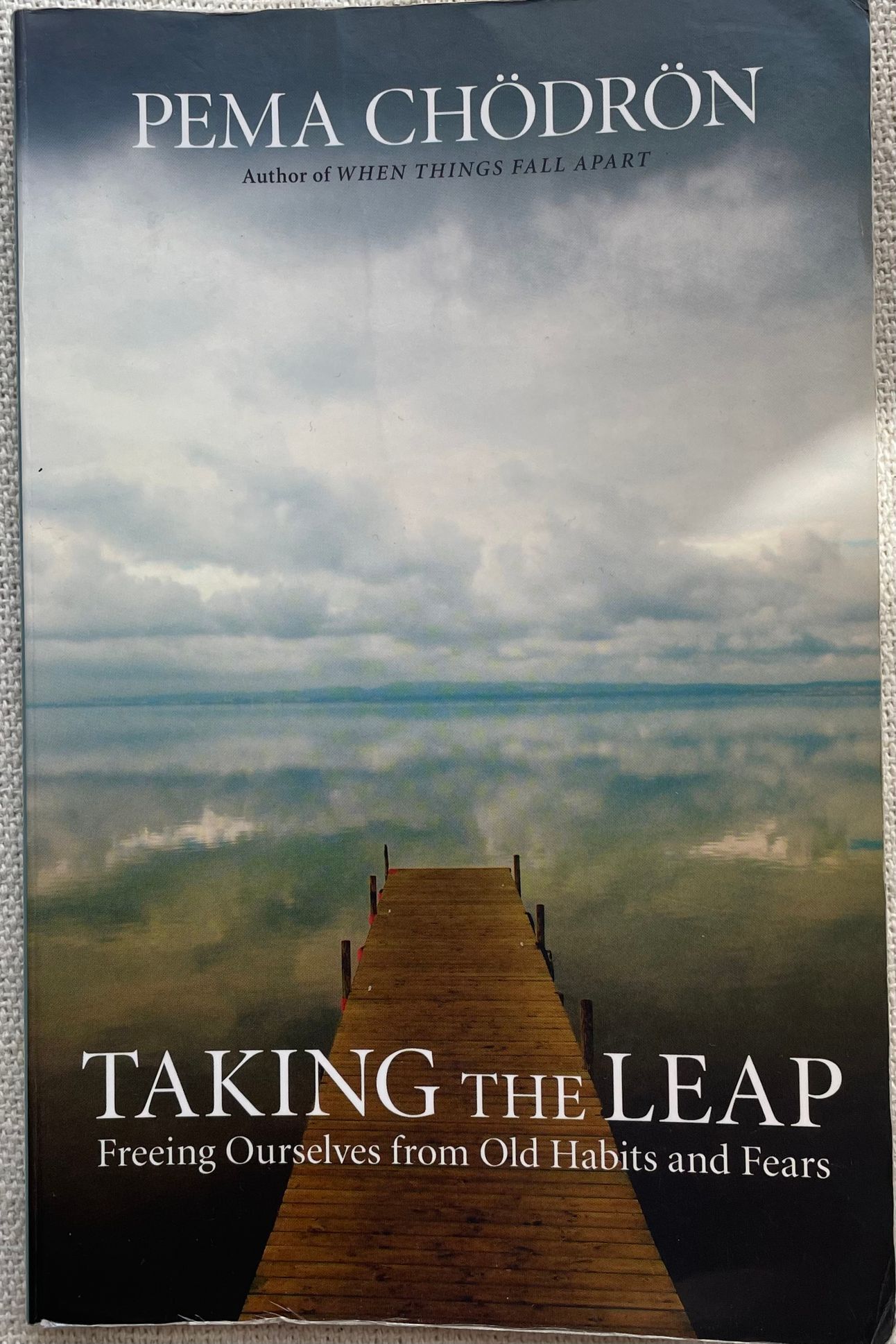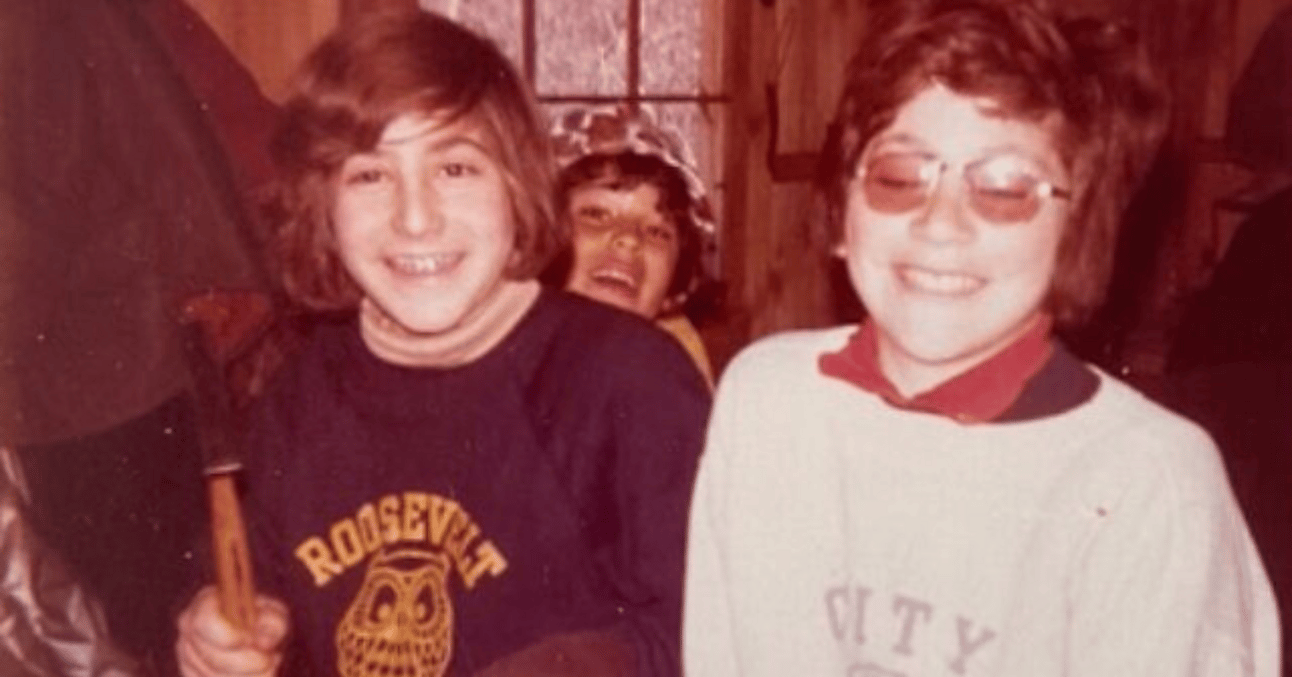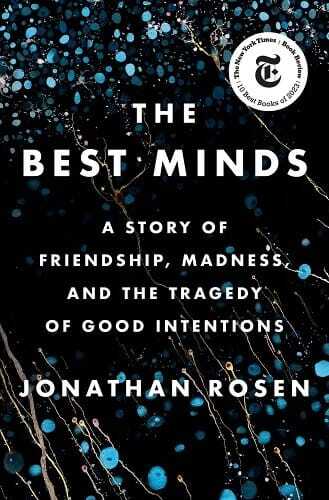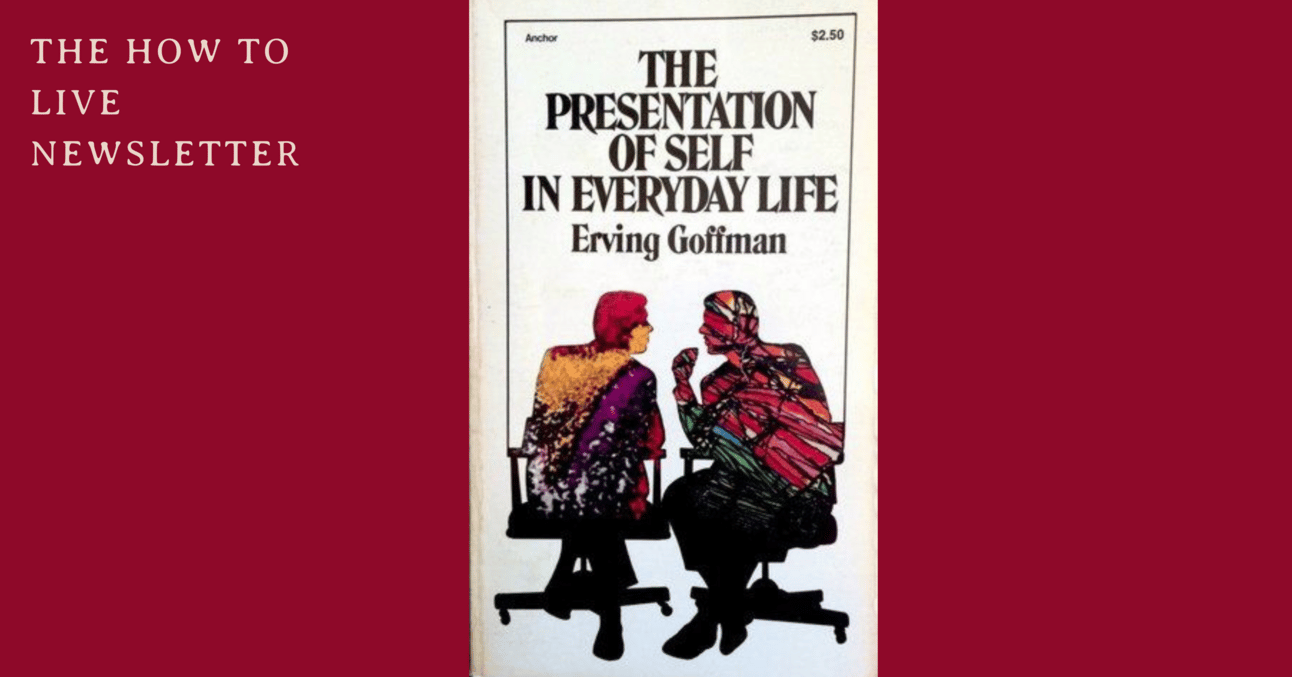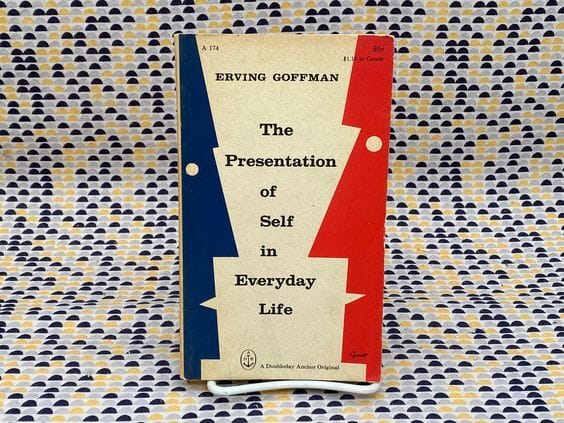Hi {{ First Name | friend }}!
TL;DR is a monthly digest summarizing the vital bits from the previous month's "How to Live" newsletter so you don't miss a thing.

MAY 2024
HOW TO LIVE NEEDS YOUR HELP
For almost three years, I’ve offered this newsletter free of charge.
If you love these weekly pieces, now is a great time to consider an annual or monthly recurring gift to help sustain this work, and offset the considerable costs of creating and maintaining such a resource and service.
I am deeply devoted to this newsletter, but without your help, I cannot sustain its life. Please consider becoming a patron today.
May 1st’s Piece Offers Two Wildly Comprehensive Mental Health Resources for Everyone.
To kick off #Mentalhealthawarenessmonth, I created two resources.
This one 👇
And this one, just for seniors 👇
Did You Miss April’s TL;DR?
This Piece From May 8th, 2024 Is About The Powerful Gold Standard Therapy For Trauma, EMDR.
Thirty seven years ago, in 1987, struggling to shake off some disturbing, intrusive thoughts, Francine Shapiro, an NYU doctoral candidate, decided to clear her head with a walk in the park. As she walked, she realized that her painful thoughts were dissipating.
When she went to retrieve and re-engage with her upsetting thoughts, she was stunned to find they’d lost their intense hold over her.
She hadn't done anything special except walk.
Or, had she?
Upon closer inspection, Shapiro realized her eyes had been darting back and forth in a saccadic eye movement pattern while the thoughts lost their intensity.
Did the eye movements impact the strength of her thoughts?
On May 15th, I Wrote About This Tibetan Buddhist Concept That Can De-escalate Any Situation.
Being the sole citizen living inside the micro-nation of our minds means that during conversations with others we can veer off onto well-trod paths paved with familiar fantasies, and seek private comfort in the unseen world of our thoughts, and no one will be the wiser.
It happens all the time—we’re lost in thought, ruminating on wishes and worries, when something untoward snaps us back into the present moment.
A comment or situation triggers an intense emotional reaction, releasing an ancient ache buried within us, which emerges as upset, rage or anger.
This charged tightness that arises before our emotions escalate is what Tibetan Buddhists call Shenpa - being attached.
Buddhist teacher, author and nun, Pema Chodron describes Shenpa as being “hooked.” It’s a reactivity that keeps us stuck in unhealthy patterns and prevents us from being truly present.
Words, people, situations can all give rise to Shenpa, evoking an escalating cascade of emotions that overwhelms us, driving us to lash out, explode, or act on impulses we know are unwise.
Think back to the last time you got upset. Either alone, trying to do frustrating admin work, or in the company of others with whom you virulently disagree.
There’s a moment, right before you follow your upset, you can feel in your throat, chest or belly. It’s a clinging ache, a tightness—this feeling-tone is Shenpa.
This piece from May 22nd, 2024, Is About The Tragic Price of Going Mad in America.
In 1973, when Jonathan Rosen was ten years old, his family moved to New Rochelle, New York. The son of intellectuals–a novelist mother whose best friend was Cynthia Ozick, and a professor father who escaped the Holocaust on the Kindertransport as a child–Jonathan was raised with Jewish ideals valuing intellectual excellence.
Named after his grandfather who was murdered in the Holocaust, Rosen wore an anxious sadness, but was sustained by the belief that he could do great things.
Down the street lived another 10-year-old boy from a family of Jewish intellectuals named Michael Laudor.
Charismatic and funny, Laudor devoured multiple books a week, which he retained with his photographic memory. He dazzled adults and peers alike with his effortless aptitude and preternatural confidence—by all accounts, he was a genius.
Rosen and Laudor's symbiotic intellectual curiosity sparked an intense friendship.
Their conversations were fueled by big ideas and grand visions, bonding them instantly, setting them on parallel paths which found them at the same sleepaway camp, the same prestigious summer program, sharing dreams of becoming writers, and vying for the same positions and accolades, easily meeting the expectations for greatness they’d grown up with, until their lives suddenly and dramatically diverged in ways no one saw coming.
This piece from May 29th, 2024, Is About The Presentation Of Self in Everyday Life.
There is a primal divide in us—the person we are versus the story of us we were raised to believe.
Every examined life dedicates itself to unearthing the original self before our narratives got shaped and cemented, to removing the accumulated symbols, signifiers, costumes, attitudes, and codes placed upon us by others.
Feeling misunderstood is the core sense of many people's lives (hello, it's me). Often, there is a distance between what we say and how we behave, and it's in that gap that a person is understood.
Ironically, in our effort to be known, we perform the self we wish others knew, thwarting the motive, our deepest desire, to be known.
The brilliant mid-century sociologist Erving Goffman (the 73rd president of the American Sociological Association) examined the self through a dramaturgical lens in his seminal 1956 book, The Presentation of Self in Everyday Life.
He proposed that we are all performers playing innumerable parts across the stages of daily existence, constantly slipping into new theatrical identities built of gestures, costumes, speech patterns, and strategic self-censoring.
Individuals present themselves in ways others will accept and validate, meticulously managing their self-image in various social contexts. Goffman's central metaphor was that people performed versions of themselves calibrated for different social settings and situations. (What a field day he'd have with social media.)
EXTRAS…
The How to Live merch store is now open! THERE ARE NEW DESIGNS! Plus TOTE BAGS and WATER BOTTLES!!
If you like this newsletter, please send to others who might also enjoy it. If someone sent this to you, please 👇

Amanda
VITAL INFO:
Nope, I am not a licensed therapist or medical professional. I am simply a person who struggled with undiagnosed mental health issues for over two decades and spent 23 years in therapy learning how to live. Now, I'm sharing the greatest hits of what I learned to spare others from needless suffering.
Most, but not all, links are affiliate, which means I receive a small percentage of the price at no cost to you, which goes straight back into the newsletter.
💋 Don't keep How to Live a secret: Share this newsletter with friends looking for insight.
❤️ New here? Subscribe!
🙋🏻♀️ Email me with questions, comments, or topic ideas! [email protected]
🥲 Not in love? 👇


